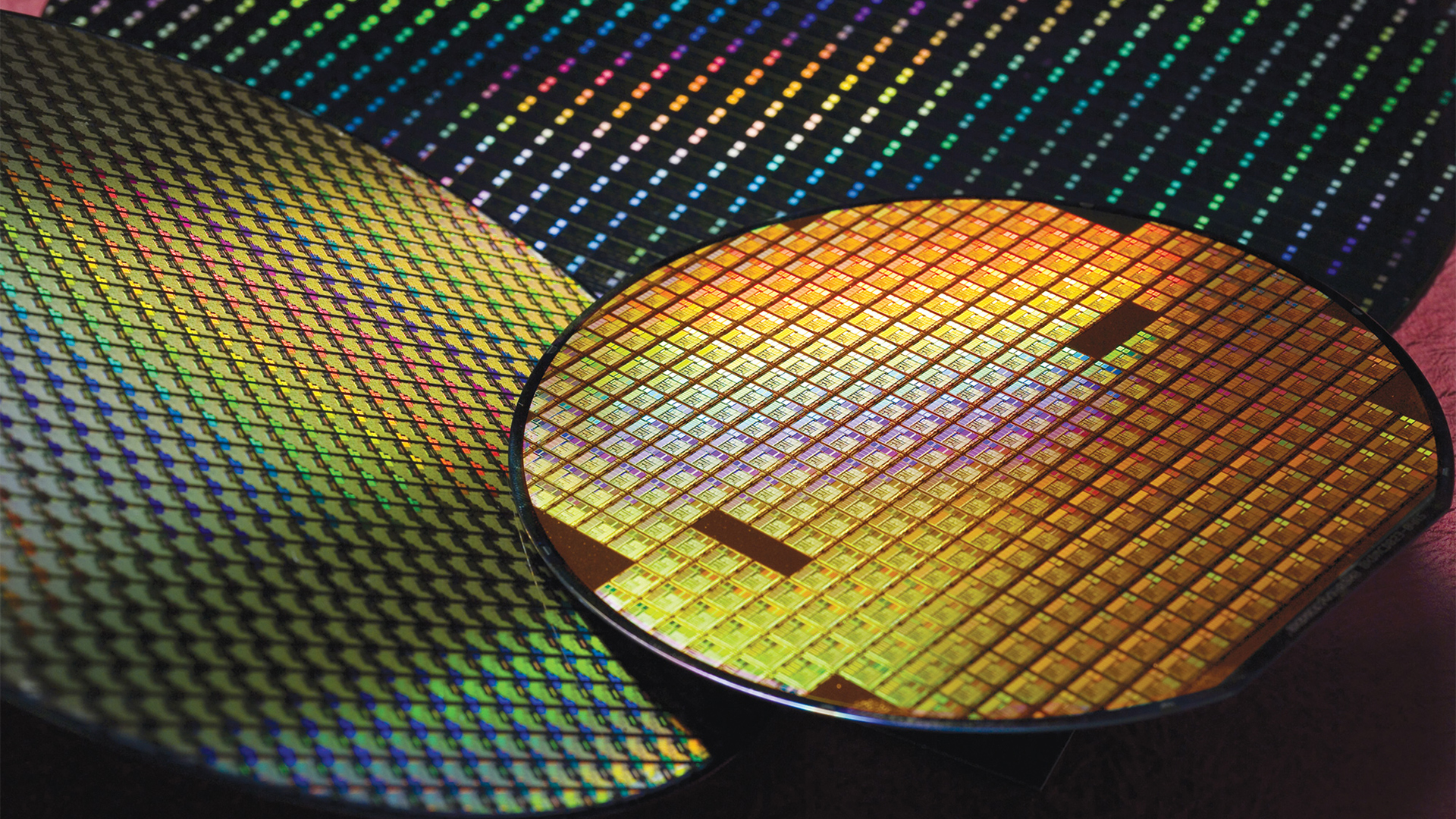The ability of AMD to consistently release technologically cutting-edge products on the market has been attributed in significant part to its cooperation with TSMC, the largest contract chip maker in the world. Over the past few years, TSMC’s significance in the global semiconductor ecosystem has increased, particularly as the innovation rate of AMD’s larger rival Intel Corporation decreased. AMD’s third fiscal quarter preliminary earnings release highlighted a downturn in its consumer product line. Prior to the announcement, the company had forecast revenue of $6.7 billion. However, as a result of a decline in desktop and notebook CPU sales, the actual revenue is now expected to be $5.6 billion, down $1.1 billion from the initial projection. AMD purchases its components from TSMC, and the revenue deficit sparked concerns about the Taiwanese company’s capacity to meet its projections for revenue growth shortly before it was required to release its September revenue figures. These earlier disclosed figures now demonstrate that TSMC generated NT$208 million in sales in September. This indicated a 36% yearly growth rate, but it also demonstrated a 5% decrease in sales month over month. A stronger US dollar, which benefits non-US exporters like TSMC who see greater revenue in local currency, contributed to the gain. In September of last year, the revenue increased by 11% sequentially and by 19% annually. With both AMD and TSMC’s most recent financial information available, analyst Lu Xingzhi predicts that as the semiconductor industry contends with supply chain issues and an economic slowdown, TSMC’s orders and income for the upcoming year will become unpredictable. The high performance computing (HPC) market, which includes large firms who are also TSMC’s clients, is outlined by Xingzhi as being distant from having assurance regarding customer demand and big players being unsure about the demand for their products for the current quarter. According to the analyst, the HPC uncertainty also raises concerns about TSMC’s 2023 revenue projections. Several investment banks share this concern. For instance, Goldman Sachs predicts that when the current quarter comes to a close, the chipmaker’s revenue growth would remain flat as capacity utilisation for its 7 nanometer and 6 nanometer process technologies declines. Cost rises are forcing TSMC to raise its prices despite a decline in orders; as a result, revenue growth will resume the next year as new orders are completed. The delayed adoption of its more recent technologies as well as the lengthened time it takes for the business to recoup its capital investment are both results of the rising pricing.
